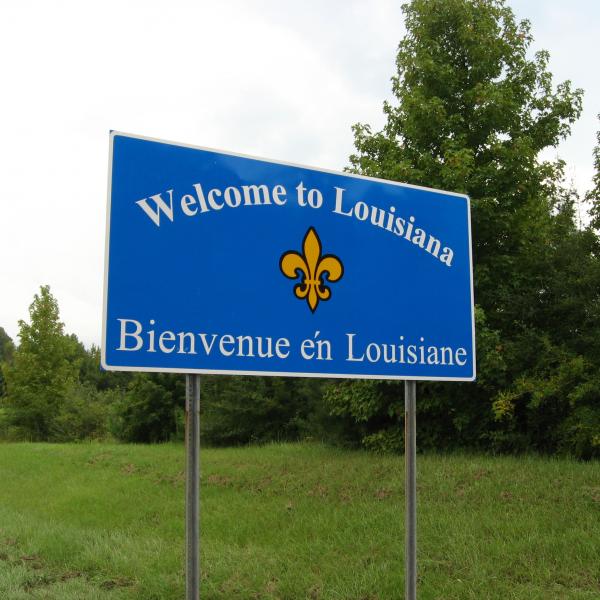The Negro Leagues Baseball Museum, in conjunction with the U.S. Postal Service, held a ceremony on Thursday, July 15, to launch the series of commemorative stamps honoring the contributions of African-American baseball to our nation’s history. The NLBM shares the same building with the American Jazz Museum and the complex is located in the historical K.C. Jazz District at the crossroads of 18th and Vine. Although I am receiving no royalties for this endorsement, I would like to plug this excellent resource.
I first visited this shared museum in the late-90s and was impressed with what both exhibits had to offer. Since then, as I have entered into education, I am equally impressed with their offerings for students – both children and young adults. One of the coolest features, save the Blue Room nightclub waiting adjacent, is the interactive nature of some of the presentations. Kinesthetic learners and music-lovers can appreciate both the mixing boards and listening stations. Given that Charlie “Bird” Parker was born and raised in Kansas City, the jazz museum has a host of memorabilia dedicated to the native son. Louis Armstrong, Duke Ellington, and Ella Fitzgerald also play heavy. There is also an extensive album-cover art collection.
For all the music side has to offer, the baseball portion proves a worthy competitor. The good news is that you are not forced to choose since they are both in-house. Running the gamut from barnstorming days to the integration of Major League Baseball and beyond, the exhibition gives the visitor all of the major players and teams. As such, possibilities for the classroom abound. Northward migration and urbanization could be introduced by looking at some of the league’s clubs – the Homestead Grays (D.C.), New York Black Yankees, Chicago Brown Bombers, Indianapolis ABCs, Kansas City Monarchs, and the Stars hailing from Detroit, Harlem, and St. Louis, respectively. Touring through the museum mirrors the tour of a segregated United States; travel, dining, and housing conditions are all addressed; lending to further discussion. Personally, the most impressive portion is the baseball diamond inhabited by all the greatest Negro League ballplayers – the starting nine – life-sized and cast in bronze. “Cool Papa” Bell roams the outfield behind the battery of Satchel Paige and Josh Gibson, all of which begs the question – What if these men had been allowed to grace more than stamps? (Note: Paige did enter the majors and perform well, but some argue it was past his prime – although Satchel never worried too much about age: “How old would you be if you didn’t know how old you were?”)
Wholly representative of the New Negro Renaissance, a trip to Kansas City would be well worth the time. While there you could even take in some of K.C.’s famous barbeque. Gates and Arthur Bryant’s have been around for decades. Be aware that there are strong allegiances to both Ollie and Arthur, but you can’t go wrong with either. For those unable to visit, both the Negro Leagues Baseball Museum and the American Jazz Museum have websites complete with tools for educators.
-- Shawn “I don’t work for the K.C. MO Chamber of Commerce” Hornung



